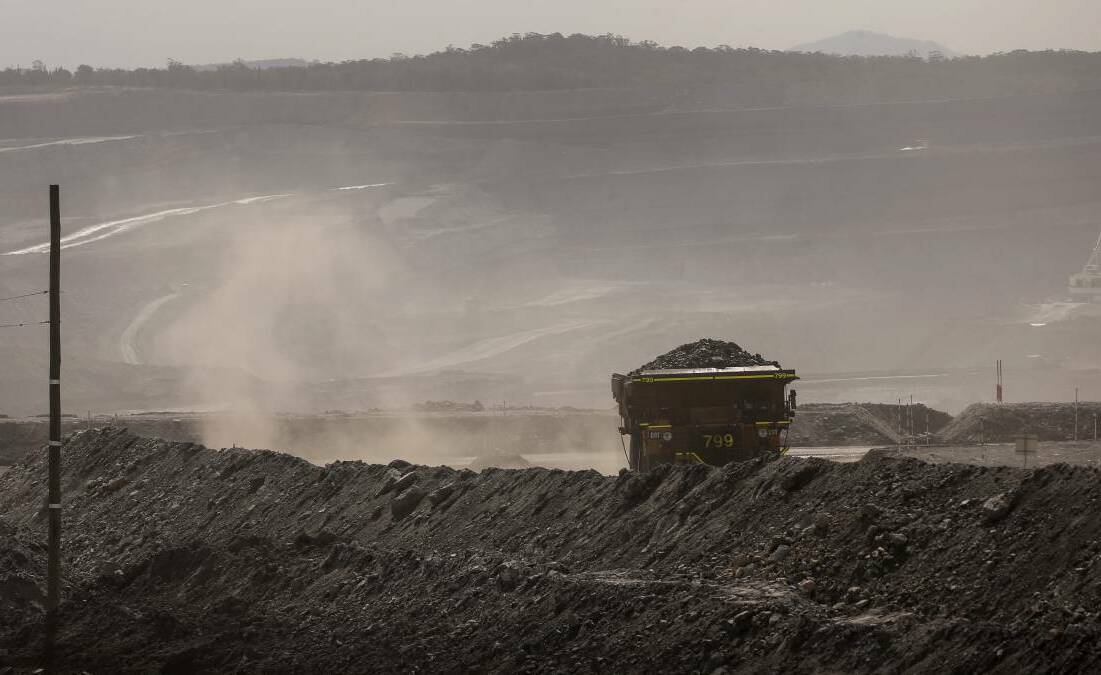The state's environmental watchdog has put Hunter coal mines on notice to reduce dust pollution as the region heads into drought.
Environment Protection Authority officers will use technology, including drones, to locate the source of dust emissions and ensure mines have appropriate controls in place as part of the annual Bust the Dust campaign
Operations director David Gathercole said previous campaigns had resulted in most mines adjusting their operational activities on high-risk windy days. Further improvement was expected this year.

"Dust from mining activity in the Hunter Valley is a key concern for the community and the EPA expects all coal mines to be vigilant and take extra precautions to ensure better air quality for the community," Mr Gathercole said.
"After two years of wet La Nina conditions, we're expecting dry weather this spring and summer and this will increase the risk to air quality, so dust monitoring will be a priority for us.
The EPA regulates air quality at mine sites through the Environmental Protection Licences and coal mines are required to implement procedures to reduce dust from their operations.
"In addition, anyone with concerns about mining dust can make a report to our Environment Line on 131 555 and that will be directed to our Bust the Dust officers in field to help us target any areas of concern."
The Bureau of Meteorology has formally declared an El Nio event in the Pacific Ocean, which typically delivers above average heat and drier conditions.
Meanwhile, a 2022 Healthy Futures analysis of air quality monitoring data held by the NSW Office of Environment and Heritage found Hunter air quality consistently breached international health standards.
During the past 12 months alone, Muswellbrook has exceeded WHO guidelines 18 times and Singleton five times. Camberwal and Mount Thorley have also breached both WHO and Australian guidelines multiple times this year.
The results are backed up by Australian Conservation Foundation analysis of national pollutant data which identifies Muswellbrook as the third most polluted suburb nationally, due to the digging and burning of coal.
Both townships also breached the much less stringent Australian air quality standards - six out of the past seven years in Muswellbrook, and four in Singleton, according to Healthy Futures' analysis of air quality monitoring data held by the NSW Office of Environment and Heritage.
Health professionals say that pollution can affect every system in the human body, as well as push the planet towards catastrophic climate change which brings a swathe of dire health impacts with it.







